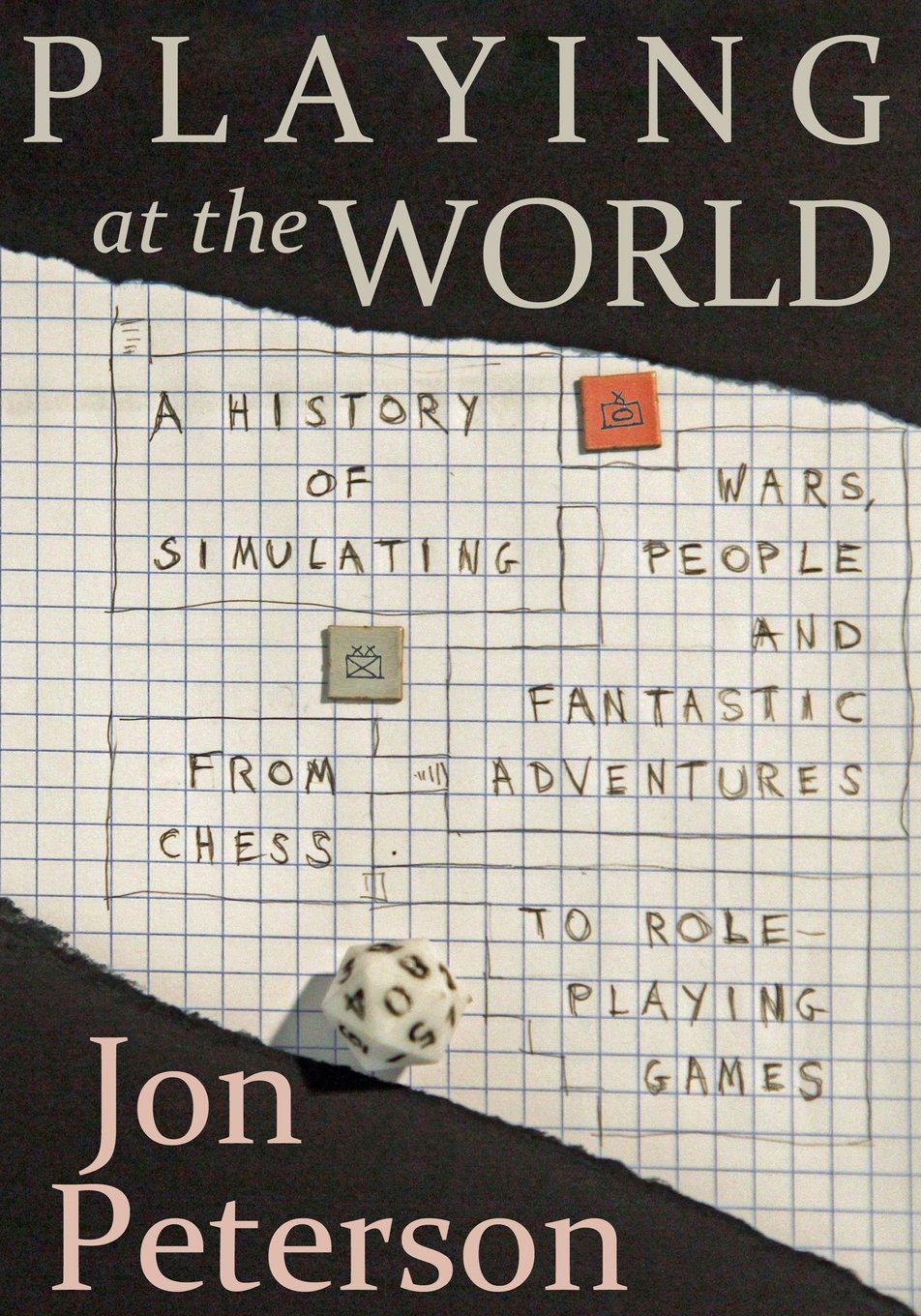If David Ewalt’s Of Dice and Men (Scribner, 2013) provided an overview of the people, games, literature, and events that led to the creation of Dungeons and Dragons (D&D), Jon Peterson’s Playing at the World (Unreason Press, 2012) is a Master Class on the subject.
Peterson begins by detailing the history of wargaming clubs based around the games produced by Avalon Hill in the 1960s and the rise of medieval castle and crusade games. From there, he goes in depth into the popularity of the fan-produced newsletters surrounding those games with a focus on the articles and advertisements written by E. Gary Gygax. (“Will cooperate on game design”) From there, Peterson explores the early game systems created by Dave Arneson and Gygax including “Blackmoor”, “Chainmail”, and “The Fantasy Game”, which would eventually become the first release of Dungeons and Dragons.

The section on the genre of medieval fantasy includes a literary exploration of fiction, science fiction, and, of course, Tolkien—the writer whose imagination sparked the initial D&D character classes. My own ‘Books to Be Read’ list all but doubled in size by the end of this section.
Pulling back, Peterson takes the long view by setting out the full history of wargames, beginning with an overview of the BCE games of the Romans, Greeks, and Egyptians before dividing the relatively modern pre-D&D timeline of 1780—1968 into six sections. These sections cover the start of the German kriegsspiel trend of the 1800s, the British toy soldier terrain battles of the late 1800s, and the war games as a tool for the study of and for planning military strategies during the great world wars years of the mid-twentieth century.
Peterson then takes the reader through the history of roleplaying (or rollenspiel, in the original German) as a game mechanic. Originally a term used in group psychotherapy, the phrase was not used in the original three books that comprised the original release of D&D. However, it was well understood by fans of increasingly popular fantasy and gaming groups, both in person and by letter. The final section starts by chronicling the years 1974-1977 regarding the attempts to sell D&D to an audience that didn’t quite know what to make of such an abstract concept to its success.
It ends with the sad political and business in-fighting and the legal cases that sought to determine ownership of the game and broke the business foundation apart.
At over 600 pages of printed text, this may not be the book for everyone. However, I doubt there is a finer, detailed history of the diverse elements that came together at just the right moment in time to spark the magic fireball that became Dungeons and Dragons. This is a work that earned my respect for both the time and effort it took to research and write, as well as Peterson’s insights and enthusiasm for his subjects.











Add Comment